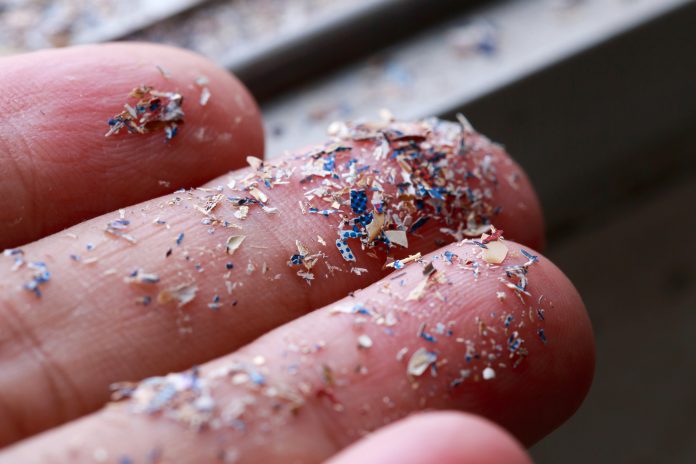Using surface-enhanced Raman scattering, researchers have revealed a new way of detecting and catching microplastics in our tap water, and the key is light
Microplastics or nanoplastics are an ever-growing concern for our world. Microplastics continue to be discarded from our daily lives and enter ecosystems at a size between one and 1000 nanometres. Scientists have revealed that we ingest around 2000 microplastics a week – the equivalent of the weight of a credit card.
How dangerous are microplastics?
Reports show that the major rivers in South Korea have the highest levels of microplastic concentrations globally. With news about the prevalence of microplastics in our water, many wonder about their impact on the human body and our environment.
With the detection of microplastics so limited due to their size and concentration, the removal process seems impossible. Current detection processes require a few hours or even days to reach completion and present significant costs.
Protecting the planet from microplastics using light technology
A research team of Dr. Yong-sang Ryu at the Brain Research Institute of the Korea Institute of Science and Technology (KIST) used an electro-photonic tweezer and metal nanoparticles to concentrate ultrafine nanoplastics within a short period. Following their research, the team reported developing a real-time detection system for nanoplastics using light.
A real-time detection system for nanoplastics using light
Researchers used an Electro-Photonic Tweezer to capture and detect trace amounts of microplastics through surface-enhanced Raman scattering, an application in safe water resource management technology.
The method of tracking microplastics
According to their research, the team obtained “effective Raman signals in real-time from underwater nanoplastics with ultralow concentrations via AC electro-osmotic flows and dielectrophoretic tweezing.”
“This enables the field-induced active collection of nanoplastics toward the optical sensing area from remote areas in a rapid manner, integrating conventional technical skills of preconcentration, separation, and identification in a single process. A step further, synergetic combination with plasmonic nanorods, accomplishes the highest on-site detection performance so far.”
the highest on-site detection performance so far
How will this research change current methods of microplastic detection?
The team revealed that through their new method, they were able to easily separate particles from their samples through the dielectrophoresis phenomenon. And thus shortening a previously day-long detection process to several seconds.
What does this mean for future microplastic detection and capture?
Researchers Euitae Jeong and Dr. Eui-Sang Yu (common lead author) at KIST, who performed this research, reported that “the findings of this research are meaningful in that ultrahigh-sensitivity detection of microplastics in real-time has become possible, and the proposed approach can be extended to the measurement of the microplastic concentration in various water resources and applied as a water resource securement technology.“














